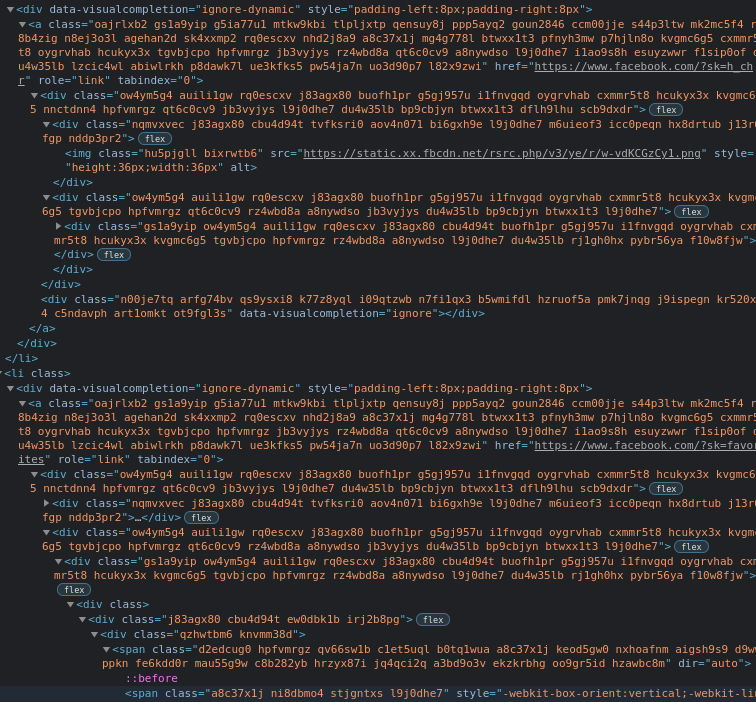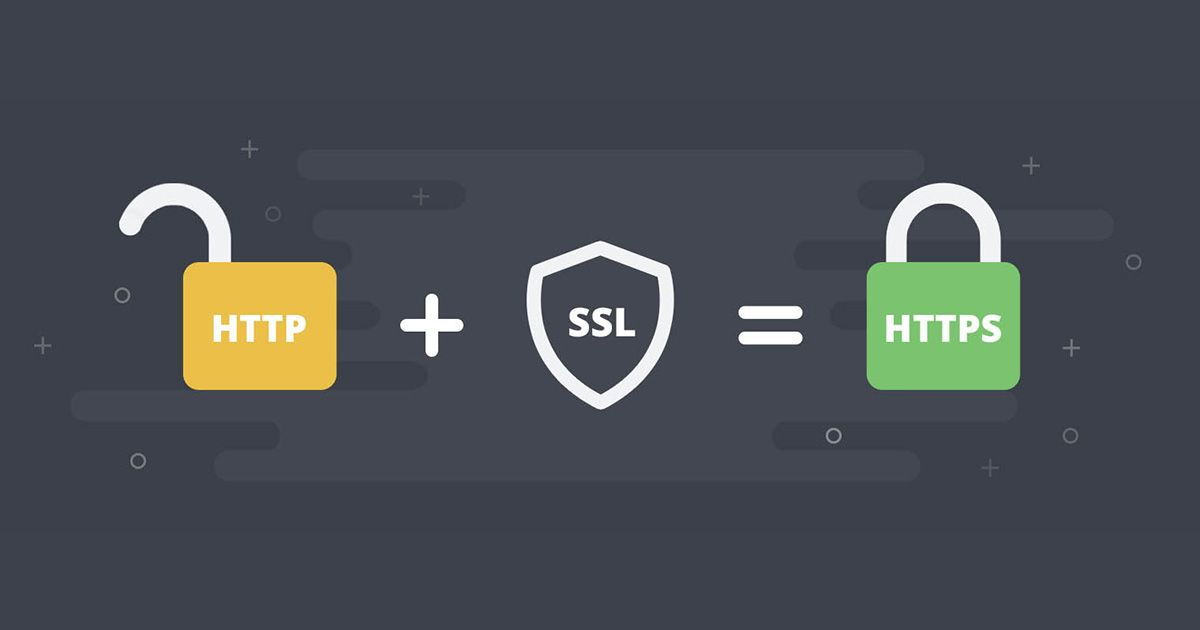Publishing an update of the package in the AUR repository
Learn how to publish package updates in the Arch Linux user repository.

Daniel Gustaw
• 3 min read

Create an account on AUR

Download the package you want to update
In our case, we are updating infinitywallet.
We download the repository with the command
git clone ssh://[email protected]/infinitywallet.git
It contains three files:
infinitywallet.install - hooki zakładane na operacje dookoła instalacji
PKGBUILD - konfiguracja źródeł instalcji
.SRCINFO - metadane pakietu generowane atuomatycznie
Update “source” in “PKGBUILD”
In the file PKGBUILD
pkgname=infinitywallet
pkgver=1.2.1beta
pkgrel=10
pkgdesc="Digital asset wallet"
arch=('x86_64')
url="https://infinitywallet.io"
depends=('gtk3' 'libnotify' 'nss' 'libxss' 'libxtst' 'xdg-utils' 'at-spi2-core' 'util-linux-libs' 'libappindicator-gtk3' 'libsecret')
options=('!strip' '!emptydirs')
install=${pkgname}.install
source_x86_64=("https://github.com/InfinityWallet/Releases/releases/download/v1.2.1-beta/InfinityWallet_1.2.1-beta.deb")
sha512sums_x86_64=('f36da80cdc3d35bf6d83e573240f92ea115ab03fe7ec3b5acd699bce999df6d5e81a8ab1966ad8977773bbba2710e3fb6fba0229c3195262cd698e938fd864de')
package(){
# Extract package data
tar xf data.tar.xz -C "${pkgdir}"
install -D -m644 "${pkgdir}/opt/InfinityWallet/resources/app.asar.unpacked/node_modules/phantomjs-prebuilt/LICENSE.txt" "${pkgdir}/usr/share/licenses/${pkgname}/LICENSE"
}
We have information about the source. This is version 1.2.1 from Ubuntu/Debian.
In the meantime, at the link with releases on Github, we have version 1.4.0
Releases · InfinityWallet/Releases

The version for Debian can be found at
https://github.com/InfinityWallet/Releases/releases/download/v1.4.0-beta/InfinityWallet_1.4.0-beta.deb
After setting this value under the key source_x86_64 in PKGBUILD, we should recalculate the sha512sums_x86_64 checksum. We can use the command line to download the package.
wget https://github.com/InfinityWallet/Releases/releases/download/v1.4.0-beta/InfinityWallet_1.4.0-beta.deb -O /tmp/iw.deb
and calculation of checksum
sha512sum /tmp/iw.deb
we paste it into the PKGBUILD file.
In the end, we change the version description in pkgver and increase the pkgrel by one.
Generating .SRCINFO
We can rebuild the metadata file with the command
makepkg --printsrcinfo > .SRCINFO
Testing the package installation locally
We can check if the installation is successful by typing
makepkg -si

Sending changes to the repository
Creating a new commit
git commit -a -m "Release v1.4.0-beta"
and we send changes to the “master” branch
git push origin master
That’s all. Our update is now publicly available.
Key steps in publishing an AUR package:
- your public ssh key must match the one in the AUR account
- the repo must have the address ssh://[email protected]/package.git
- you need to bump both the description and the version number
- use sha512sum to calculate the checksum
- besides PKGBUILD, there is also a .SRCINFO file created by
makepkg --printsrcinfo > .SRCINFO - locally, you can test the installation with the command
makepkg -si - finally, you push the changes to master
If anyone from you will be uploading packages to AUR and encounters any problems - feel free to ask, I’ll be happy to help.
Source: https://wiki.archlinux.org/title/AUR_submission_guidelines
Other articles
You can find interesting also.

Analysis of Zipf's Law in Node.js
Learn how to read large files in Node.js, count word occurrences using the Map object, and handle memory limits.

Daniel Gustaw
• 6 min read

Scraping Facebook in 2021
The article aims to familiarize the reader with the method for scraping the Facebook portal after the layout update.

Daniel Gustaw
• 18 min read

Installation of a renewable TLS certificate (certbot + apache on Ubuntu)
There are many methods to obtain a certificate that allows encrypting HTTP traffic. One of them is installing Certbot and using it in conjunction with the Apache server.

Daniel Gustaw
• 2 min read